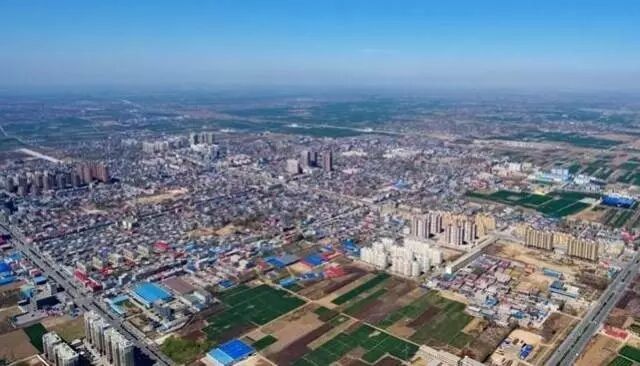
The three major telecom operators have expressed their support for Xiong’an New Area, with keywords like Internet of Things, smart cities, 5G, cloud computing, and big data jumping out of the text, as if we can see the fuse igniting the era of the Internet of Things is sizzling away…
•On April 1, the Central Committee of the Communist Party of China and the State Council issued a notice to establish the Hebei Xiong’an New Area. This is a significant historical strategic choice made by the Party Central Committee, and it is another new area of national significance following the Shenzhen Special Economic Zone and the Shanghai Pudong New Area, representing a millennium plan and a national priority.
•On April 5, China Unicom established a working group led by the general manager of the group company, adhering to high specifications, high standards, and high efficiency in building the network communication infrastructure and information applications for Xiong’an New Area.
•On April 9, China Telecom established a working group led by general manager Yang Xiaowei, planning and constructing a new generation of communication and information infrastructure and capabilities for Xiong’an New Area according to international leading standards, aiming for gigabit broadband, 4G, and NB-IoT full coverage, while laying out a 5G experimental network, deploying cloud-network integration, smart cities, and providing rich information applications.
•On April 10, China Mobile established a leadership group led by chairman Shang Bing, forming a branch company in Xiong’an New Area, starting from a high point and high standard, proactively planning and deploying the 5G mobile communication network, ensuring that the all-optical high-speed broadband infrastructure is in place at once, creating a new type of information infrastructure that is internationally leading, and promoting the innovative development of new technologies and new business formats such as the Internet of Things, cloud computing, big data, e-government, and e-commerce.
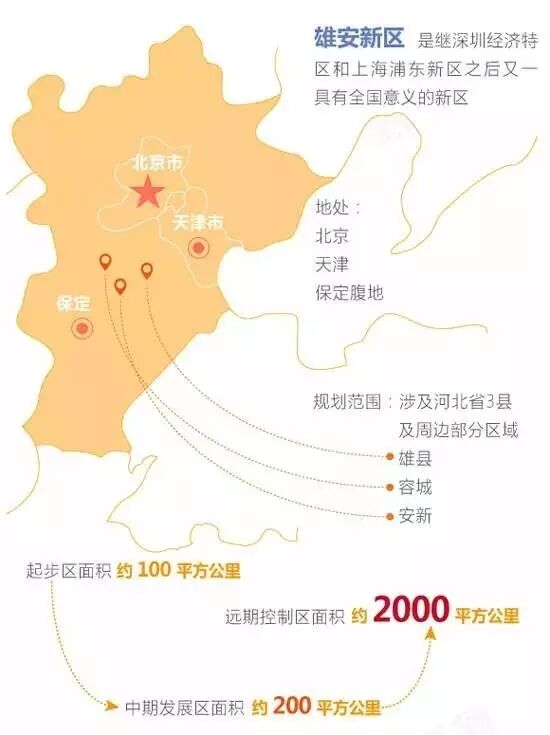
(Image source: Xinhua News)
This high specification aligns perfectly with two major characteristics of the key areas of the Internet of Things—smart city deployment:
1) Top-level planning and leadership
Smart cities need to start from top-level design and coordinate planning through the establishment of leadership and working groups. For example, the smart city construction in Rio de Janeiro and Barcelona was led by the mayors themselves.
2) ICT infrastructure is the cornerstone of smart cities
What is a smart city? It is the use of information and communication technology (ICT) to enable intelligent and efficient use of urban resources, thereby saving costs and conserving resources, improving urban services and quality of life, reducing environmental pollution, and supporting innovative economies and low-carbon economies.
In the past few decades, global industry has developed rapidly, and infrastructure construction has driven rapid economic growth, with interconnected highways, railways, etc., becoming important transport links connecting urban economic entities.
These infrastructures have grown like mushrooms after rain, but they have not truly connected to people. Especially for cities, despite increasingly perfect infrastructure, as urban populations grow, urban pressures increase, and health, education, housing, wealth disparity, and living environment have become new challenges faced by cities.
How to solve these problems? How to maintain sustainable urban development? How to ensure that urban infrastructure truly connects to humanity? How to build “human-centered” urban infrastructure? Smart cities have become a topic of global common concern.
Typically, when we describe smart cities, we divide their structure into six layers: goals, people, ecosystems, soft infrastructure, urban systems, and hardware infrastructure (as shown in the figure below).
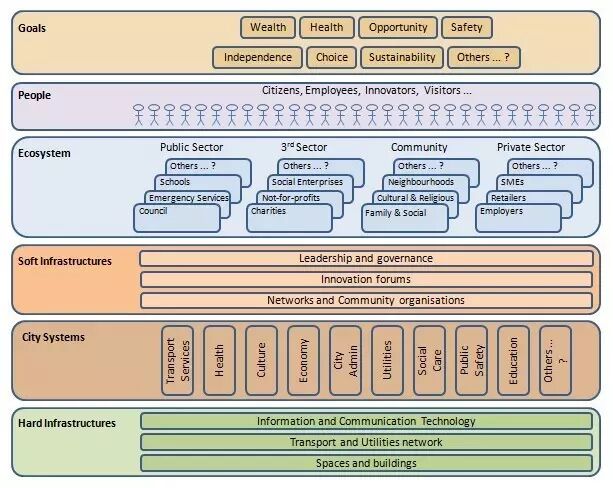
Six-layer structure of smart cities
• Goals
All smart cities are based on a goal: sustainability, inclusiveness, creativity, and economic growth.
• People
All construction or renovation of urban infrastructure must be people-centered. In terms of communication infrastructure, this is akin to our saying that “5G networks should be user-centered.”
• Ecosystem
Community life, public services, commercial institutions, cultural groups, social networks, etc., build the entire harmonious ecosystem of the city.
• Soft Infrastructure
Represents the soft power of the city, including the degree of institutional soundness, urban management efficiency, cultural and innovative strength, etc.
• Urban Systems
Refers to optimized, connected, intelligent urban systems for water, electricity, transportation, etc.
• Hardware Infrastructure
The most critical part of hardware infrastructure is the ICT information communication infrastructure, which includes 4G/5G networks, high-speed broadband, the Internet of Things, cloud computing, big data, e-government, e-commerce, etc.
ICT infrastructure is at the bottom layer of smart cities and is the key to smart cities. Without networks and information communication infrastructure, smart cities are like castles in the air.
The Xiong’an New Area, referred to as a millennium plan, will undoubtedly be a model for future smart cities, marking a high-standard initiation and guidance for the arrival of the Internet of Things era.
In 1908, American painter William Robinson Leigh created a work about future cities—Visionary City.
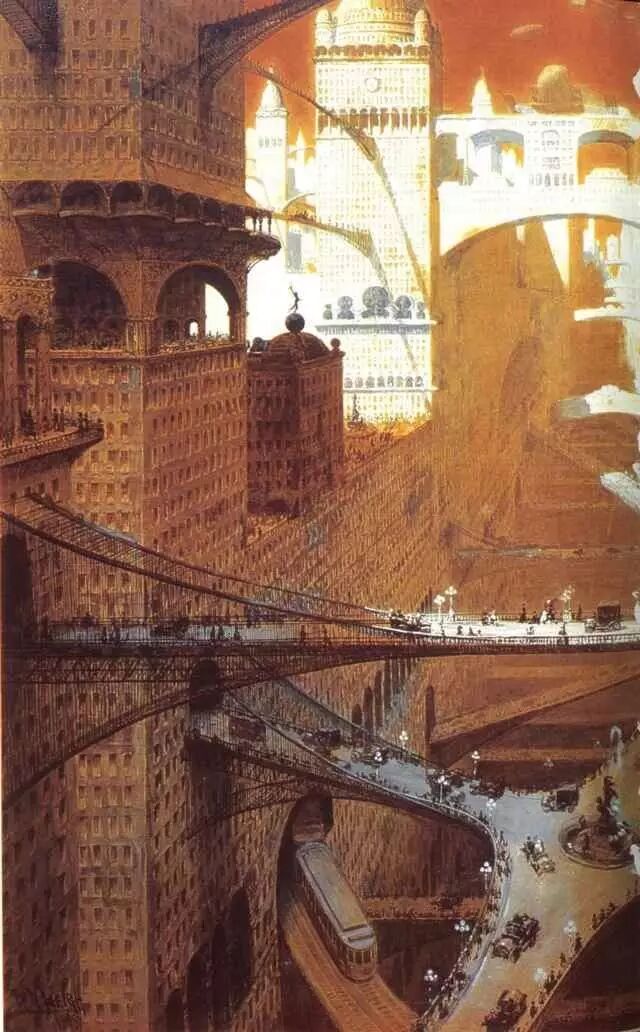
▲Visionary City
Urban transportation and infrastructure weave between towering skyscrapers, showcasing a three-dimensional future city.
The rapid vertical transportation system depicted in the movie “The Fifth Element” among dense skyscrapers is inspired by Visionary City…
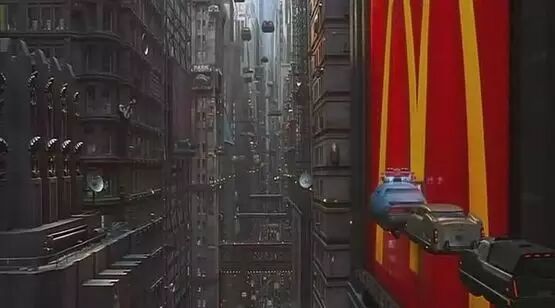
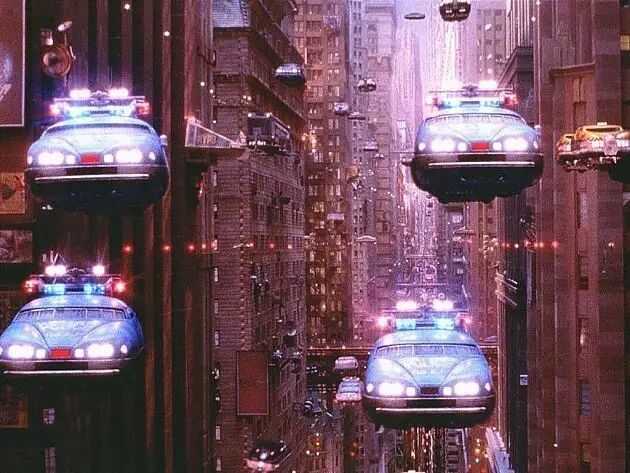
However, these works are clearly limited by the thinking of the industrial age, and today, people’s visions for future cities have long surpassed Leigh.
More than 20 years ago, humans who had entered the information age first proposed the concept of “smart cities.” Today, it is approaching us along with the era of the Internet of Things, getting closer and closer.
Network optimization mercenary submission email: [email protected]
Long press the QR code to follow

On the road of communication, let’s walk together!